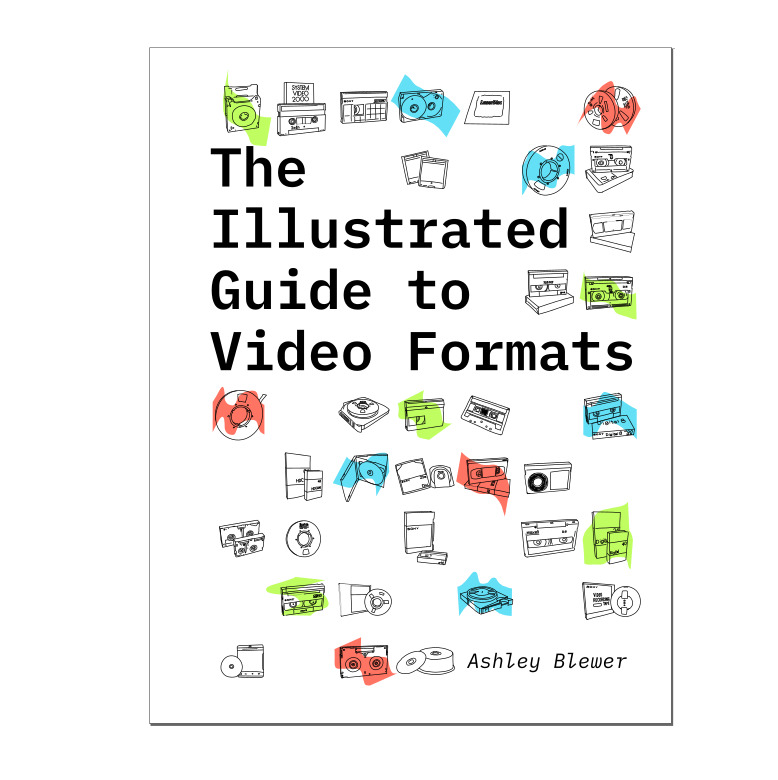Adventures in printing and publishing a book
29 May 2022This is an older draft that I’m publishing a bit late (Aug 6, 2022) – this covers my thinking around how to decide what the path forward is, and I have a lot more thoughts now that I’ve been through the process, keep an eye on this space for those posts coming soon!

Thinking about where to print
Making a book can go a few different ways. Obviously, there’s pitching to a big (or not-that-big) publisher, working out a deal, and establishing a relationship. There’s also self-publishing. It seems like self-publishing has had a really big boom in the past few years, and it’s easier than ever to successfully print a book that looks professional and doesn’t cost a ton of money.
Because this project is more of a fun, relaxing thing rather than a big and serious thing, I’m going the self-publishing route. I don’t really care about how many copies I sell (obviously I care a little bit) and I want to be able to put parts of the book online, as free illustrations or as posters. I’m mostly interested in having a wide distribution, and as I mentioned in my previous blog post (Using open source software to assemble a book), I’ve learned that going to a local printer to print a book is almost as much as buying a nice fancy one from the bookstore.
Beyond this, print-on-demand services are more prolific than ever before, so I don’t have to guess how many books I’ll need and pay for them upfront and deal with the bulk of books by storing them in my 8x8 sq ft office and manually shipping them out.
I looked at a few print-on-demand services: BookBaby, Lulu, IngramSpark, Amazon KDP. I nixed Amazon right away, but ended up coming back to it later. I looked at Bookbaby and Lulu, but they used Ingram as a distribution model, so I decided to go directly to the source. IngramSpark looked good to me, so that’s what I went with.
Based on reviews, these other services are a little more expensive but are better at taking you through the process, giving you proofs, and letting you make corrections. Maybe it’s hubris, but I have a good amount of experience in printing things so I felt like I knew what I was doing in terms of doing page layouts. I mean, my whole book is a bunch of page layouts, too. I might be more inclined to go with the other services if I were writing a book-book, with lots of text and a lot more editing involved.
Something I learned while researching this is that it’s important to buy your own ISBNs (assuming you’re in the US – I also learned that if you are Canadian, you can get them for free). It’s important to have your own ISBN and not get the “free” ones offered by the publishing service, because you want to own your own ISBN and not have a book say that its published by another company instead of you.
Purchasing ISBNs scale in a funny way. Just 1 is $125, 10 are $295, and 100 are $575. (And there are discount codes out there, so $575 could be as low as $488)
IngramSpark still seems quite user-friendly to me. They have cost estimators and cover generators, and it feels pretty hand-holdy in terms of making sure that what you are uploading is exactly what you want it to be. I had way way way more trouble using the UPS Store’s “create a new printing job” flow. However, Amazon KDP’s flow was even more user-friendly, which was surprising.
Thinking about distribution
I alluded to this before, but I went with IngramSpark because they are also distributors of books, not just their printing service. I don’t know how I would test this out, but they boast that they stock to all the major online retailers, thousands of indie booksellers, bookshop.org, and a big international reach. When I see or hear self-published authors talking about this, they talk about how they are “going wide” in distribution.
Anyway, yes, I do want that. I want people to be able to use their local bookstore to order my book instead of Amazon.
It’s nice that overall I didn’t have to think about this too much because it’s just part of the service.
Something I heard that I do need to think about is returns. You can accept returns, and it’s recommended you do that if you want stores to stock your book without risk. But that there’s also a risk to you, the publisher of the book, because paying to return the returns to you can be more expensive than the books themselves. I heard it’s best to just mark them as “destroy returns.” Which is a bummer, but it’s less waste than all the shipping, probably-maybe. Do people return books often? I’ve never returned a book.
Money money
Another thing I learned about is dealing with money-money. Booksellers need to make money, so they expect to take 30-55% of the book’s retail price as their cut for selling your book (and some of that cut goes to the Ingram as the distributor). IngramSpark has a great little calculator where you can math out retail price, the publisher’s cut, the cost of printing, and then see how much (or how little) is left over for you, the publisher-author.
Right now, I’m in the process of doing some final edits and getting feedback from early reviewers and waiting some paperwork things to get in order, and then I’ll be able to figure out if my plan is going to work out!
